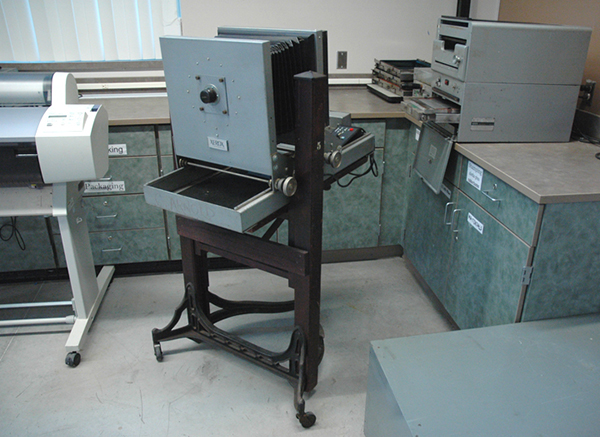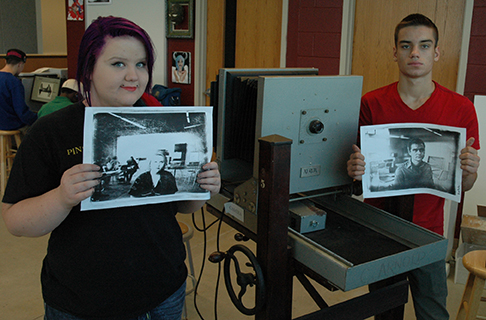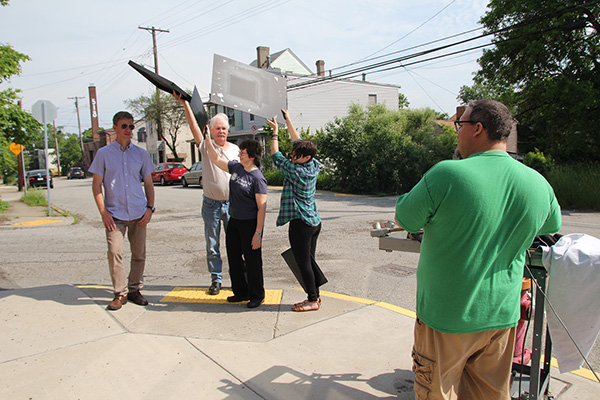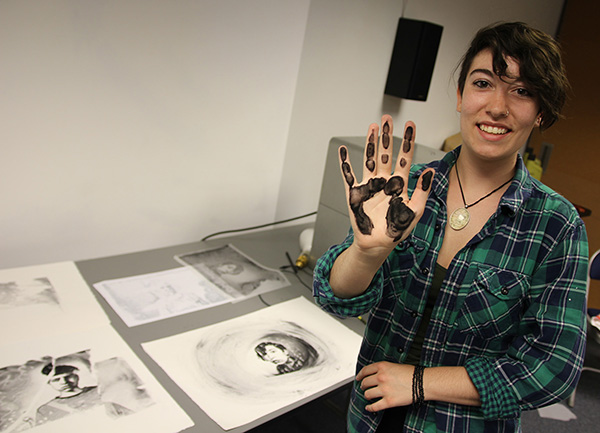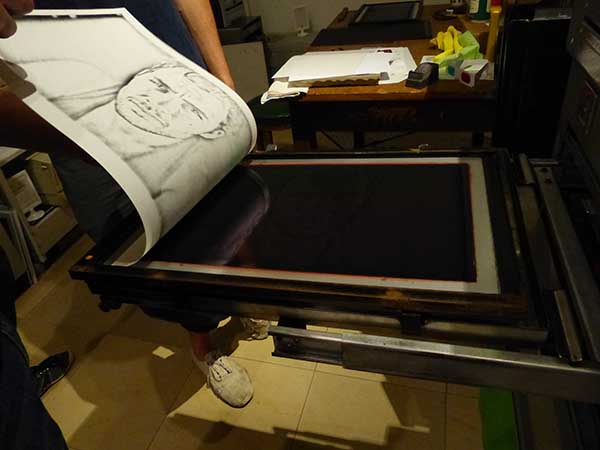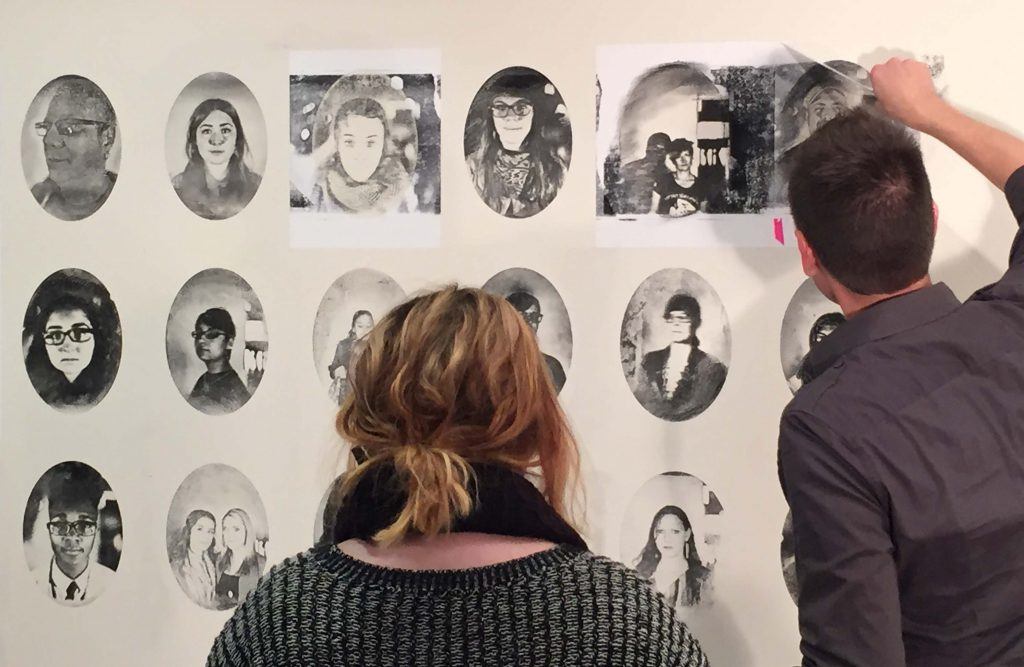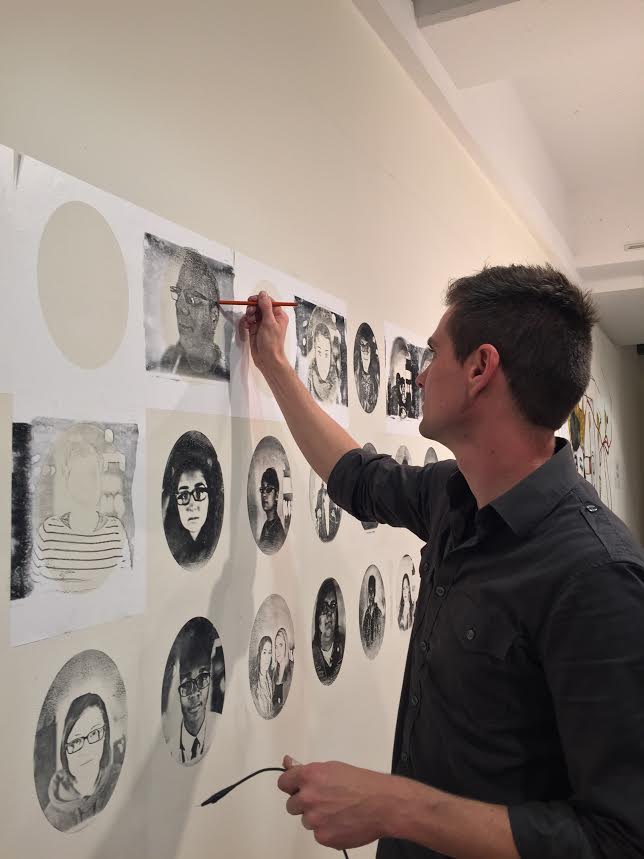In this unique workshop participants will be introduced to the camera based Xerox flat plate process, learn about its history, and gain hands-on experience crafting carbon based photographic images. Unlike a modern copy machine the early Xerox process involves photographing (using a large format camera) and processing entirely by hand. Using the flat-plate system all image adjustments and retouching can be done in a light, not darkroom!
Charging, exposing, developing, transferring and finally fusing all must be carried out by the user. Because the process is broken down into separate steps there are many opportunities for adjustments and aesthetic alterations to the image prior to printing. The opportunity for hands-on manipulation have led some to refer to the process as true “photographic drawing.”
We will start by making images the same way Chester Carlson first made his breakthrough discovery that was later developed into the Xerographic process. During the workshop we will use 11″ x 14″ Xerox cameras and charging units to develop our photographs. We will also use modifications to the process to transfer images to various papers and surfaces. We will experiment with image manipulation, multiple image transfer and even color. This carbon based process is entirely archival so long as archival papers are used.
The Xerox flat plate system (electrophotography) is relatively unknown in the history of photography. One of the reasons for this is that it was never intended to be used as a creative tool for artist and photographers. It was developed to make copies of office documents. It’s not daguerreotype, wet plate, dry plate, gelatin silver film, polaroid, or digital… it’s something entirely different.
Click here to register online or call 585-442-8676 to register by phone.
